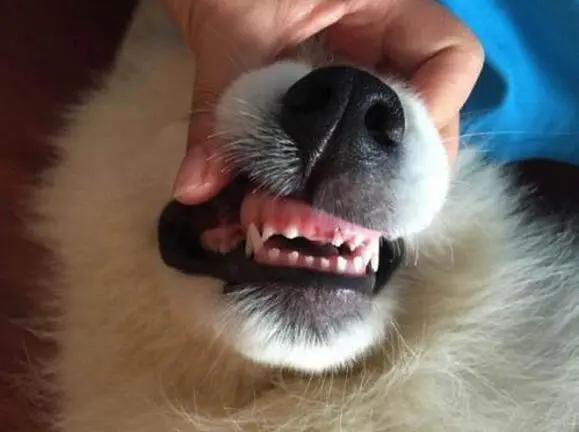Dental health is a crucial aspect of overall well-being for senior dogs. As dogs age, they become more susceptible to dental issues, including tooth decay, which can lead to pain, infections, and other health problems. This article will explore whether it’s necessary to extract decayed teeth in senior dogs, the signs of dental decay, potential treatments, and preventive measures.

Understanding Tooth Decay in Senior Dogs
Tooth decay in senior dogs can arise from several factors:
- Age-Related Changes
As dogs grow older, their dental health may decline. Gum recession and weakened enamel can make teeth more vulnerable to decay. - Dietary Factors
Poor diet, high in sugars and carbohydrates, can contribute to tooth decay. It’s essential to provide balanced nutrition tailored to senior dogs’ needs. - Lack of Dental Care
Regular dental care, including brushing and professional cleanings, is vital for maintaining healthy teeth. Neglecting dental hygiene can lead to plaque buildup and subsequent decay. - Genetic Predispositions
Some breeds are more prone to dental issues. Understanding your dog’s breed can help in anticipating potential problems.
Signs of Tooth Decay in Senior Dogs
Recognizing the symptoms of tooth decay early can facilitate prompt treatment. Look for the following signs:
- Bad Breath
Foul-smelling breath is often one of the first indicators of dental problems, including tooth decay. - Changes in Eating Habits
If your dog shows reluctance to eat or struggles with chewing, it may indicate pain caused by decayed teeth. - Excessive Drooling
Increased drooling, particularly if it’s accompanied by blood or a change in consistency, can signal dental issues. - Swollen or Bleeding Gums
Inflammation or bleeding of the gums is a significant sign that dental health needs attention. - Visible Decay or Discoloration
Check for dark spots, fractures, or significant wear on your dog’s teeth, which may indicate decay.
Should Decayed Teeth Be Extracted?
The decision to extract decayed teeth in senior dogs depends on several factors:
- Extent of Decay
If the tooth is severely decayed, extraction may be the best option to prevent pain and infection. - Impact on Quality of Life
If the decayed tooth is causing significant discomfort or preventing your dog from eating, extraction may improve their quality of life. - Risk of Infection
Decayed teeth can lead to infections that may spread to other areas of the body, including the heart and kidneys. Removing the tooth can prevent these complications. - Overall Health of the Dog
A thorough veterinary evaluation is essential to assess your dog’s overall health and determine the best course of action.
Treatment Options for Tooth Decay
If your senior dog has decayed teeth, several treatment options are available:
- Professional Cleaning
Regular dental cleanings can help manage plaque buildup and detect early signs of decay. - Extraction
If a tooth is significantly decayed, your veterinarian may recommend extraction to alleviate pain and prevent further health issues. - Root Canal Therapy
In some cases, root canal therapy may be an option for saving a tooth, especially if the decay is caught early. This treatment involves removing the infected pulp and sealing the tooth. - Antibiotics
If there is an infection present, your veterinarian may prescribe antibiotics to help manage the condition before any surgical procedures.
Preventing Tooth Decay in Senior Dogs
Preventive care is crucial for maintaining your dog’s dental health. Here are some effective strategies:
- Regular Dental Check-ups
Schedule routine veterinary dental check-ups to monitor your dog’s oral health and catch any issues early. - Daily Brushing
Brush your dog’s teeth daily using a toothpaste formulated for pets. Regular brushing helps reduce plaque buildup. - Dental Chews and Toys
Provide dental chews and toys designed to promote oral health. These can help remove plaque while your dog enjoys chewing. - Balanced Diet
Feed your dog a balanced diet tailored for seniors, focusing on nutrition that supports dental health. - Water Additives
Consider using water additives that promote dental health and reduce plaque and tartar formation.
When to Seek Veterinary Care
If you notice any signs of tooth decay in your senior dog, it’s essential to consult your veterinarian promptly. Regular dental check-ups are vital to maintaining your dog’s oral health, especially as they age.
Conclusion
Tooth decay is a common concern among senior dogs, and deciding whether to extract decayed teeth requires careful consideration of your dog’s overall health and quality of life. By being proactive about dental care and seeking veterinary guidance, you can help ensure your senior dog remains healthy and happy.

Comments (0)